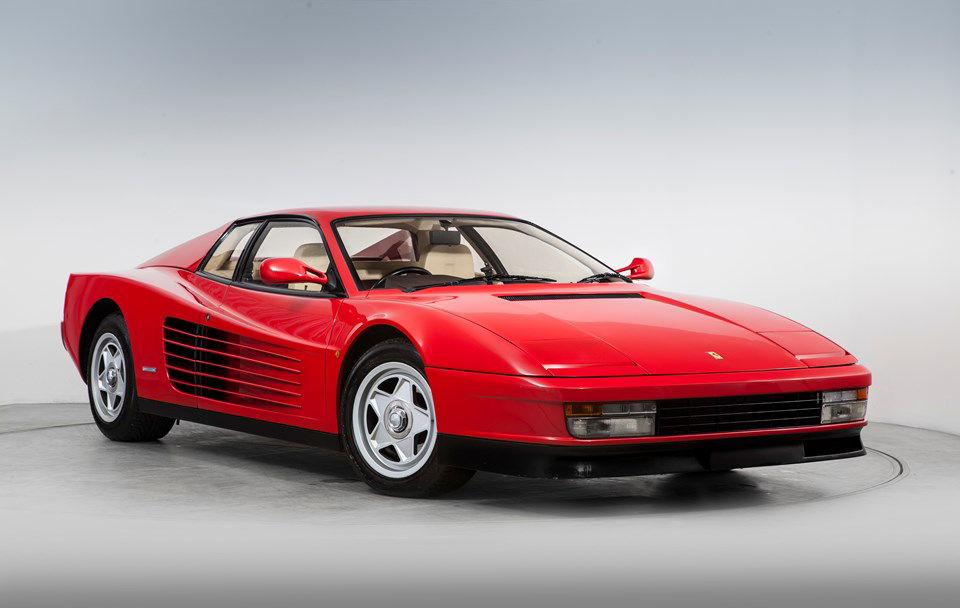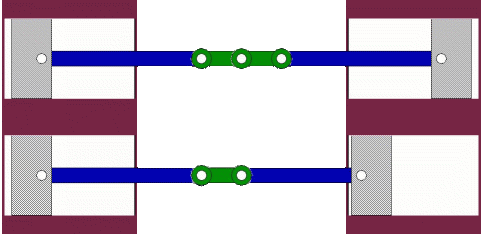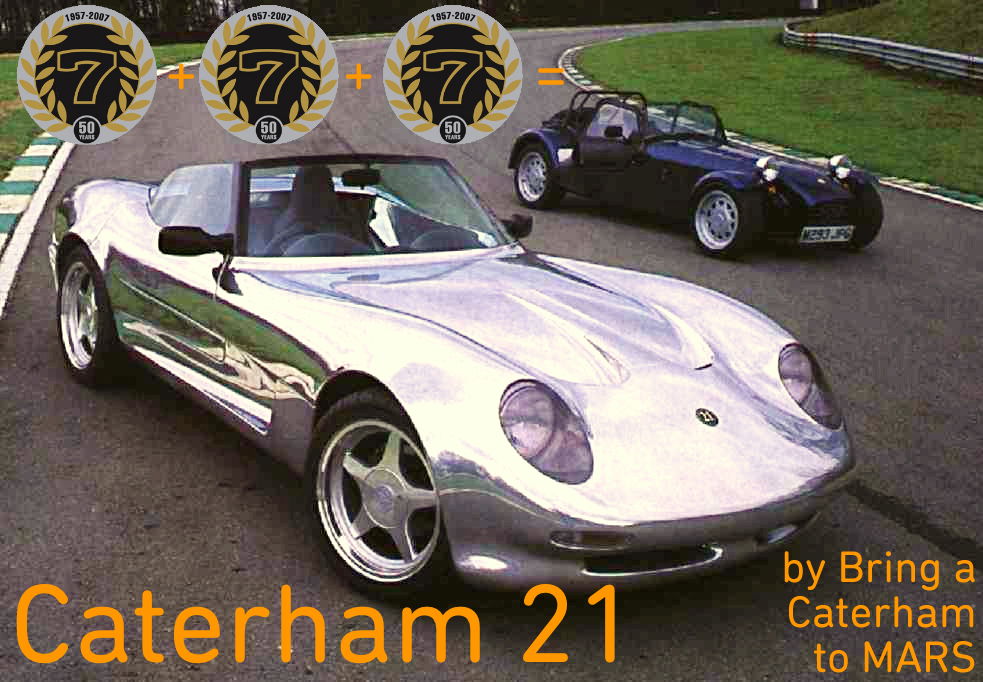Here's Why Ferrari's Old 'Flat-12' Isn't Exactly A Flat-12 At All

If you’re a keen watcher of automotive content on YouTube, you may have recently stumbled upon Doug Demuro’s review of the oh-so-eighties Ferrari Testarossa. While going about his usual business of discovering the wonderful quirks of the car in question, he happened to mention that the Testarossa featured a V12 engine, leading to some arguments in the comments. After all, it’s a flat-12, isn’t it? Well, not quite. While the car’s engine is often referred to as a flat-12, it is technically correct to call it a V12.
Although the pistons in the Testarossa’s 12-cylinder are horizontally opposed, the engine isn’t what the automotive world classifies as a flat or boxer engine. To investigate the differences, let’s first take a look at the specific mechanical aspects of the Ferrari powertrain.

The Ferrari ‘flat-12’ is actually a 180-degree V12. Using the engine block shared with the 312B and 312PB racers and multiple components from the Tipo 251 60-degree Colombo V12, this horizontal engine was found in the Ferrari 365 GT4, 512/512i and the aforementioned Testarossa. Manufactured in 4.4 and 4.9-litre form, this series of engine peaked at 428bhp in the Ferrari 512 TR M.
The difference between this engine and a boxer comes down to the crankpins. In the Ferrari, each set of opposing pistons share a crankpin, compared to the individual crankpin layout of a boxer. This means that each opposing piston reaches top dead centre (TDC) while its opposing piston reaches bottom dead centre (BDC), essentially forming a tug-of-war between them.
Proper boxer engines can be found powering the likes of Porsches and Subarus, creating a wonderful burble. The mechanical layout of a boxer engine dictates that each piston has its own individual crankpin.
This means each set of pistons reaches TDC and BDC at the same time and this equality in reciprocation leads to the primary and secondary forces of the engine being fully balanced. This makes for a smooth-running powerplant and a light crankshaft can be used without the need for counterweights, producing a faster-revving engine. As with Ferrari’s ‘flattened V12’, the layout also means that an engine can be mounted nice and low within an engine bay, lowering the centre of gravity and improving handling.

Unfortunately, the bosses at Maranello made this whole V12/flat-12 thing more complicated by using the name ‘Berlinetta Boxer’ for the 365 GT4 and 512/512i, even though the boxer term was technically incorrect. So, it is easy to see where the confusion and corresponding arguments come from.

Comments
no thats rev hang
And Ferrari messed it by not using an inline transmission, so the engine does not sit as low as a flat would…
THANK YOU :D
It’s flat, but it’s a V…but it’s flat…but still, it’s a V
I don’t really understand what this article is trying to get at. Most engines have an individual crank pin (journal) for each piston. In fact that’s the case with every engine I’ve ever seen. Why is a boxer defined as that? My S4 has a 90 degree boxer 8. My Scirocco has a 0 degree boxer 4. Lol. A flat, horizontally opposed engine is a boxer, quit splitting hairs.
so what you are saying is 180 degrees V12 is not a flat engine? I think you will find 180 degrees is flat and so this is a flat 12. The differentiation comes between boxer and not boxer however i believe you will find both engines are as flat as one another (both 180 degrees opposing) therefore there is nothing wrong with calling it a flat 12, it just isn’t a 12 cylinder boxer.
Its a 18012?
Its still a flat 12, it is flat, the pistons go out opposite eachother.
Next you will be saying a 90 degree V6 or 60 degree V8 with offset crank pins are not really V6 or V8 because the crankpins are split where a traditional V engine uses a single pin.
So the Ferrari may not technically be a boxer engine, it is still a flat engine.
Now I am wondering why Porsche hasnt made the ultimate 911 with a flat 8 motor yet. just imagine the sound.
So, why don’t we just call it flat?
Just because they did a different setup at the crankshaft?
So what? They just make their one kind of boxer…
180 degree v… I think that is -ery much BS. It isn’t even V-shaped
Pagination